It can be fun to breed your own zinnias - Part 2
maineman
16 years ago
Related Stories
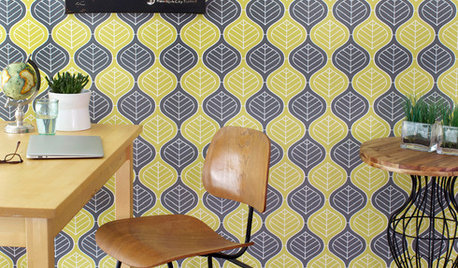
WALL TREATMENTSCan't Find the Right Wallpaper? Make Your Own
For one-of-a-kind walls, just use your imagination. Custom wallpaper is easier and less expensive than you might expect
Full Story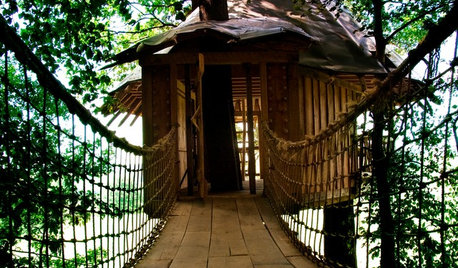
OUTBUILDINGS12 Fun Backyard Forts Grown-Ups Can Love, Too
Kids might use them for secret meetings, but the word is out on these tree houses and playhouses that consider adult design tastes
Full Story
TRANSITIONAL HOMESHouzz Tour: Part Traditional, Part Modern and All Family Friendly
With clean lines, vintage touches and durable surfaces everywhere, this Los Angeles home balances tastes and needs beautifully
Full Story
LIFETime Travel to Houzzers' Childhood Homes, Part 2
Catch a glimpse of kit houses, bungalows, Tudors and more just as they were way back when — and listen in on the intriguing personal stories
Full Story
PETSWhat Chihuahuas Can Teach Us About Interior Design
Who knew these tiny dogs could be such a huge fount of design tips? Houzzers did
Full Story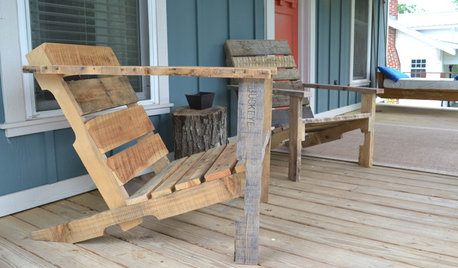
WOODWORKINGBuild Your Own Wooden Deck Chair From a Pallet — for $10!
Take the ecofriendly high road with a low-cost outdoor chair you make yourself
Full Story
MOST POPULARThe Many Paths of Design, Part 1
Blame engineering issues, unforeseen revisions or even the Internet. As these diagrams show, it's probably not your fault
Full Story
HOUZZ TVHouzz TV: This Dream Midcentury Home in a Forest Even Has Its Own Train
Original wood ceilings, a cool layout and, yes, a quarter-scale train persuaded these homeowners to take a chance on a run-down property
Full Story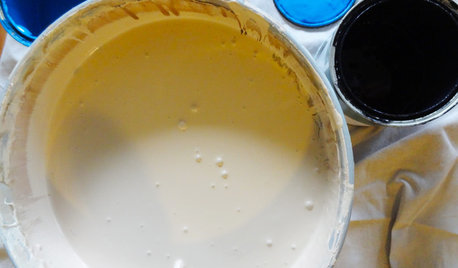
DIY PROJECTSTint Your Own Paint for New-Looking Walls
Dabbling in mixology means you can use up leftover paint and give your walls a custom look in one fell swoop
Full Story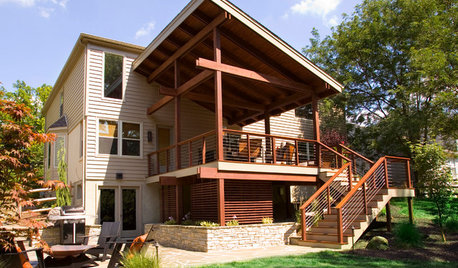
MOST POPULARSee the Difference a New Back Deck Can Make
A dramatic 2-story porch becomes the centerpiece of this Ohio family’s renovated landscape
Full StoryMore Discussions






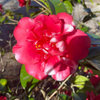
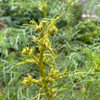
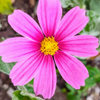
jackier_gardener
mainemanOriginal Author
Related Professionals
Holly Springs Landscape Architects & Landscape Designers · New Bedford Landscape Architects & Landscape Designers · Mooresville Landscape Contractors · Battle Ground Landscape Contractors · Fort Worth Landscape Contractors · Gallatin Landscape Contractors · Kailua Landscape Contractors · Kaneohe Landscape Contractors · Nutley Landscape Contractors · St. Louis Landscape Contractors · Weslaco Landscape Contractors · Merrifield Landscape Contractors · San Pablo Landscape Contractors · Houston Decks, Patios & Outdoor Enclosures · North Aurora Decks, Patios & Outdoor EnclosuresmainemanOriginal Author
jackier_gardener
mainemanOriginal Author
mainemanOriginal Author
mainemanOriginal Author
mainemanOriginal Author
pls8xx
jackier_gardener
mainemanOriginal Author
mainemanOriginal Author
carriein
pls8xx
mainemanOriginal Author
jackier_gardener
mainemanOriginal Author
ninecrow
jackier_gardener
mainemanOriginal Author
pls8xx
mainemanOriginal Author
mainemanOriginal Author
jackier_gardener
pls8xx
ninecrow
jackier_gardener
mainemanOriginal Author
mainemanOriginal Author
jackier_gardener
pls8xx
mainemanOriginal Author
mainemanOriginal Author
pls8xx
jackier_gardener
jackier_gardener
pls8xx
mainemanOriginal Author
pls8xx
mainemanOriginal Author
jackier_gardener
jackier_gardener
mainemanOriginal Author
jackier_gardener
mainemanOriginal Author
jackier_gardener
mainemanOriginal Author
jackier_gardener
pls8xx
mainemanOriginal Author